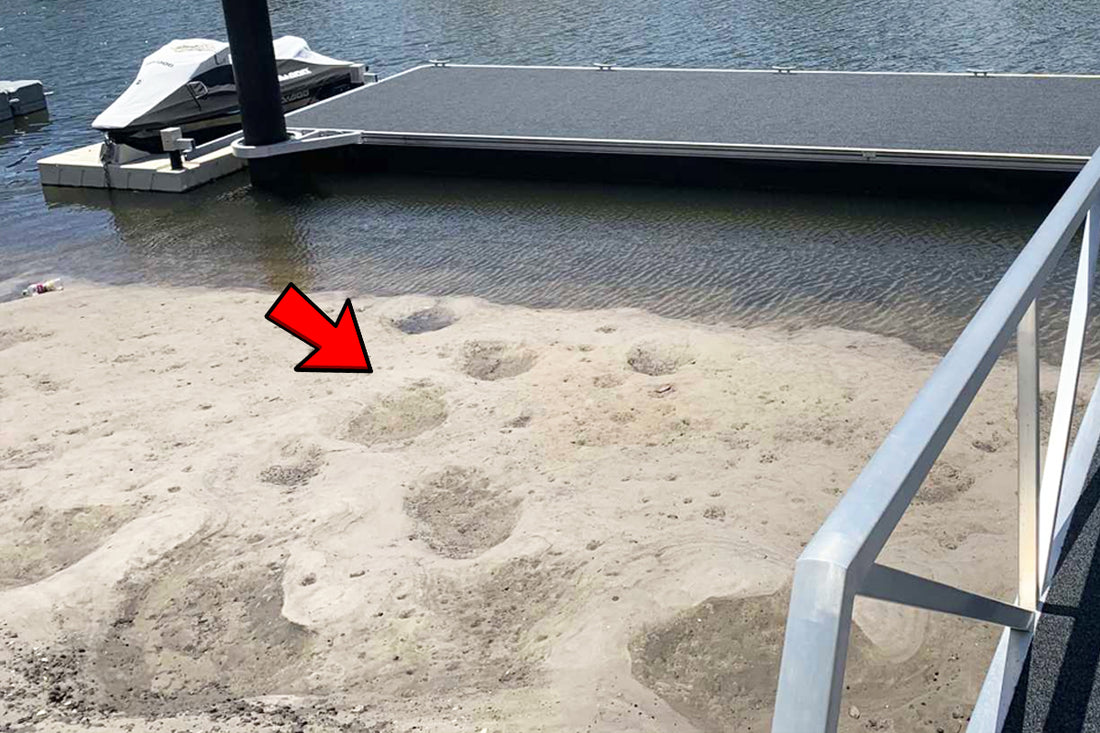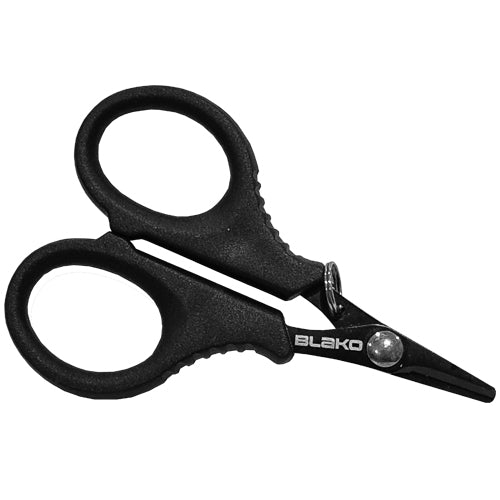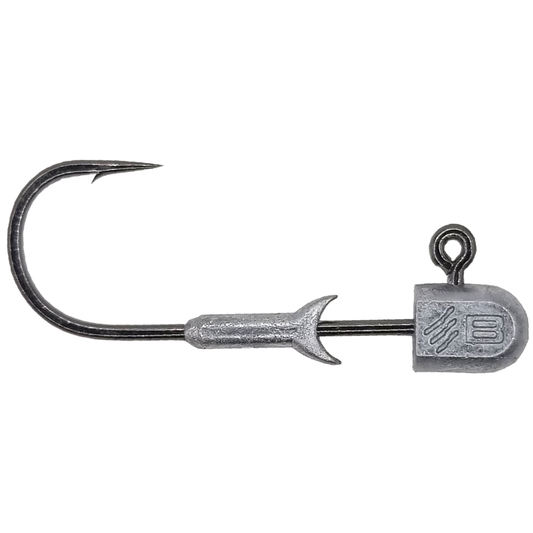
Why Bream Love Structure
Share
Why Bream Love Structure and the Food It Provides
Bream are naturally drawn to structured environments, making areas like rocky outcrops, jetties, pontoons, mangrove edges, and weed beds prime fishing spots. But what is it about these habitats that make them so appealing to bream? The answer lies in both protection and abundant food sources. In this article, we’ll explore why bream are attracted to structured environments, the types of food they find there, and how anglers can use this knowledge to increase their chances of success.
The Role of Structure in Bream Habitats
Structure serves as a safe haven for bream, protecting them from predators and giving them a secure base to hunt. Structures create physical breaks in the water, allowing fish to avoid strong currents and feel more at ease in their surroundings. Structures also provide shade, which is critical for bream, especially in shallower waters where they might be more vulnerable to larger fish or birds. By sticking close to structures, bream can reduce the risk of predation and find ideal conditions for feeding.
Some common types of structures that bream are attracted to include:
Rocky Outcrops and Rock Walls: Rocks create crevices and small caves that provide bream with safe places to hide, while the surrounding environment attracts various forms of marine life that serve as food.
Pontoons and Jetties: These manmade structures often house barnacles, algae, and other organisms on their surfaces, attracting baitfish and small crustaceans that bream can feed on.
Mangrove Roots: Mangrove ecosystems are rich in nutrients, and their tangled root systems attract crustaceans, prawns, and smaller fish. Bream use these roots for protection and as a feeding ground.
Weed Beds and Seagrass: These underwater “forests” provide excellent cover and an abundant food supply of insects, small fish, and crustaceans.
Drop-offs and Ledges: These natural structures provide bream with the ability to quickly move between depths. They can ambush prey that gets caught in the transition from shallow to deep water.
Each type of structure offers specific advantages, and bream will move between them based on tides, seasons, and daily activity patterns.
Food Sources Found Around Structure
The primary reason bream are drawn to structure is the abundance of food available in these areas. Structured environments provide a stable habitat for a range of marine organisms that make up bream’s diet. Let’s take a closer look at some of the key food sources that can be found around different types of structures.
Crustaceans: Crustaceans are a staple in the diet of bream, and they’re commonly found clinging to rocks, pontoons, and mangrove roots. Crabs, shrimps, and small prawns are typical crustaceans that reside in these areas. Crustaceans offer a high-protein meal, making them an attractive target for bream. They’re often hidden within crevices or clinging to surfaces, which bream can easily pick off with their sharp, pointed teeth.
Small Fish and Baitfish: Small fish such as anchovies, mullet, and gobies are commonly found around structure. These baitfish are drawn to the protection and food sources provided by structure, but in turn, they attract predators like bream. Bream will often lie in wait along the edges of rock walls or beneath jetties, ambushing unsuspecting baitfish as they pass by.
Mollusks and Shellfish: Mussels, clams, and oysters are abundant around rocky outcrops and jetties. Bream, particularly larger ones, have strong jaws that allow them to crush through shells to reach the soft meat inside. These mollusks offer a steady food source, particularly in areas where structures are left undisturbed and marine life has had time to grow.
Algae and Marine Plants: Although bream are primarily carnivorous, they also graze on algae and other vegetation. Algae grow naturally on rocks, pontoons, and jetties, attracting smaller organisms that bream feed on. Algal growth can also serve as a nutrient source for bream during periods when other food is scarce, providing them with a balanced diet that includes essential nutrients.
Insects and Larvae: Weed beds and seagrass areas are home to aquatic insects, larvae, and small invertebrates. These tiny creatures form a substantial part of the bream diet, particularly for smaller bream. The dense plant life in these areas attracts a wide array of insects that bream can easily feed on, especially in spring and summer when insect activity peaks.
Marine Worms: Worms like bloodworms, sandworms, and polychaetes are often found in the sandy or muddy bottoms near structure, particularly around mangrove areas. These worms burrow into the substrate, and bream will use their sensitive sense of smell to locate and dig them out. Marine worms are a nutrient-dense food source and can be especially attractive to bream during certain times of the year.
Why Structure Attracts So Much Food
Structured environments attract so much food because they provide stable conditions and protection for a wide range of organisms. Rocks, weeds, and underwater vegetation offer shelter from currents and predators, allowing small fish, crustaceans, and invertebrates to thrive. Manmade structures like jetties and pontoons often become artificial reefs, developing complex ecosystems over time. These structures house a variety of life forms, many of which bream rely on for sustenance.
Each type of structure fosters different kinds of organisms, creating diverse food sources within the same area. For instance, rocky outcrops may host barnacles and shellfish, while nearby weed beds shelter insects and small fish. This variety ensures that bream have a consistent food supply, encouraging them to frequent these areas.
How to Use Structure to Your Advantage as an Angler
Understanding why bream are drawn to structure is the first step to improving your fishing strategy. Here are some tips to make the most of structured environments:
Fish Along the Edges: Bream often patrol the edges of structure where they can ambush prey. Cast your lure parallel to the structure, whether it’s a rock wall, jetty, or weed bed. Keeping your lure close to the edge increases the chance of attracting a bream that’s lying in wait.
Target Shadows and Cover: During the day, bream tend to stay in shaded areas under pontoons, mangrove roots, or beneath overhanging rocks. Cast your lure into shaded spots, especially in clear, shallow water, where bream might be more cautious.
Match the Hatch: Knowing what bream are eating around structure can help you choose the right lure. Soft plastics that mimic small fish, shrimp, or worms are great for bream. If fishing in an area with a lot of shellfish, try lures that imitate crustaceans or mollusks.
Adjust for Tides: Tidal movements affect where food collects around structures. For example, an incoming tide brings food closer to shore and up against rock walls or mangrove roots. Bream will often follow these tidal changes, moving closer to structures as the tide rises and retreating when it falls.
Fish at Optimal Times: Early morning, late afternoon, and periods around tide changes are often the best times to fish around structures. These times coincide with bream feeding patterns, as they are more likely to emerge from cover and patrol structured areas for food.
Structure as a Natural Bream Attractor
Bream’s attraction to structure is no accident—it’s a natural response to their needs for shelter, security, and abundant food. The diverse diet available around structured habitats makes them a critical part of the bream’s ecosystem. By understanding what draws bream to these areas and what they’re eating, anglers can improve their chances of success. Whether fishing along rock walls, exploring weed beds, or casting around jetties and pontoons, anglers who focus on structure will have the best opportunity to land this elusive, challenging species.







